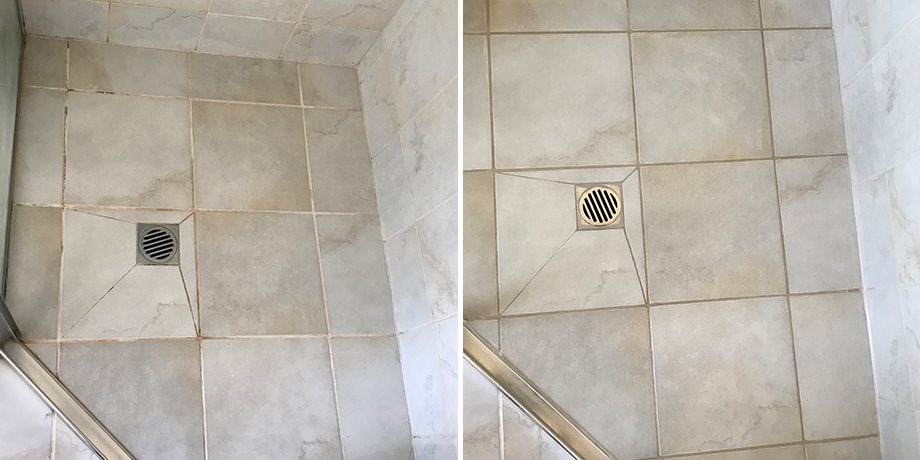Nearly everybody seems to have their private theory about How to Repair and Prevent Bathroom Water Damage.

The restroom is incredibly at risk for damp build-up and potential water damage because of the regular use of water in it. This short article provides easy inspection techniques to help detecting water damage hazards.
The frequent use water in the washroom makes it exceptionally at risk for wet build-up as well as prospective water damage. By examining it routinely, you can reduce water relevant problems.
The adhering to collection of evaluations is easy to perform and need to be done as soon as in every 3 months in order to keep your restroom in good shape and also to stop prospective water damages brought on by the tub, the shower, pipe joints and plumbing, sinks, cabinets, and also the bathroom
Do not neglect executing these examinations as well as be comprehensive while performing them. Remember that these easy inspections can conserve you a great deal of money by providing very early indicators for water damage
Bath tub as well as Shower
The shower and bath tub need special focus as well as maintenance. Examine the ceramic tiles and change if broken. See to it that there is no missing out on grout in between the ceramic tiles. Inspect and also replace fractured caulking at joints where the wall surfaces meet the flooring or the bathtub. Obstructed drains and pipelines problems will certainly avoid the bath tub from drying and also may suggest significant issues beneath the tub. Consult with an expert immediately to stop structural damages. Take note of stainings or soft areas around the bath tub walls as they might suggest an inner leak.
Plumbing
Signs for water damages are difficult to identify considering that the majority of pipes are set up inside the wall surfaces.
Pay special focus to flooring as well as walls wetness and also stains as they may show an unnoticeable plumbing trouble. Inspect moisture levels in adjoining spaces as well.
Sinks and also Cabinets
Sinks and also cabinets are subjected to dampness and also humidity everyday and also are often neglected. Check consistently under the sink and on the countertop above it. Repair any kind of drip in the catch as it might suggest drain troubles. Check out the sink, sluggish draining pipes might show an obstructed drainpipe. Replace sink seals if they are cracked or loosened.
The Commode
The commode is an at risk water joint. Examine the water lines and search for leaks around the toilet seat, in the hose pipe, as well as under the water storage tank. If you find any kind of indicators of dampness on the flooring around the commode, look for leakages in the toilet edge and also container seals.
Be aware that hanging toilet bowl deodorants increases the chances for clogs.
TIPS TO PREVENT WATER DAMAGE IN THE BATHROOM
The average household uses approximately 80-100 gallons of water per person per day. For a family of 4, that's almost 2,500 gallons of water a week! The largest portion of this consumption comes from bathroom use. Flushing the toilet uses the most water, followed by taking a shower or bath. With that much water running through the home, water damage in the bathroom is bound to happen. Knowing how to spot signs of a water leak is essential to preventing long-term damage. This guide provides you with tips to reduce the impact of water damage on your bathroom.
CAUSES OF BATHROOM WATER DAMAGE
Pipe breaks are the most common cause of water damage we see in our daily jobs. The age of a pipe plays a large role in a pipe break as well as corrosion. Over time, the metal begins to break down, allowing water to escape. Frozen pipe breaks are also a concern in the winter months. Toilet overflows caused by paper products or children flushing inappropriate items. Degraded caulking around the toilet or bathtub can allow water seepage, sometimes behind the fixture, into the subfloor or walls. Condensation forms when the water in a pipe is cooler than the air temperature. Beads of water form on the exterior of the pipes, sometimes so much so that the water begins to drip and pool below. Sink or shower backups created by poor drainage. HOW TO PREVENT WATER DAMAGE IN YOUR BATHROOM
Inspect your toilet supply line for worn or frayed hoses and replace them as needed. Winterize your plumbing to prevent a frozen pipe break. Use vent fans to prevent condensation that can lead to mold growth. Routinely check and replace degraded caulking around your toilet or bathtub. Increase the temperature in your toilet tank and insulate your pipes during the warm summer months to keep condensation from forming. Use child safety locks on the toilets. Flush only toilet paper. "Flushable" wet wipes are actually not good for your plumbing system. Additionally, feminine hygiene products should not be flushed. Prevent water from escaping the tub or shower. Make sure shower curtains are in good condition. Inspect shower doors and replace the seal strip if necessary. Wipe up any water that accumulates on the floor and use bath mats. Water left to sit can cause damage to the tiles and flooring. Refrain from using bath products containing heavy oils to avoid a clogged drain.

Do you like reading about Preventing Water Damage in the Bathroom? Write feedback below. We'd be glad to find out your thinking about this post. In hopes that you visit us again later on. Sharing is caring. Who knows, you may very well be doing someone a favor. Thanks so much for taking the time to read it.
Visit My Web Page